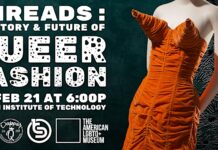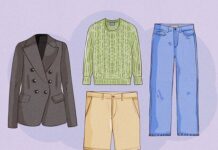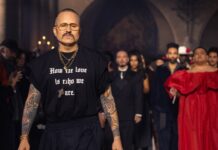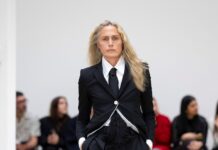
“It’s a win for all of us — not just me,” he told a reporter at the time. “It merely adds to the complement of people who are loving of and involved with Ry.” But to Russo-Young, a dreamy child who loved dress-up and imaginative play, the suit didn’t feel like love. It felt, she said, like an intense threat. Steel never enforced his visitation right and he and Russo spoke only once more before he died.
The case had persisted for more than three years, beginning when Russo-Young was 9, ending when she was 13. These were the same years that she discovered cameras — first a Polaroid, then a Pentax, then a camcorder. She began chronicling her family and friends obsessively.
“It was a real appendage,” Russo said during a joint video call with Young. “She took her camera everywhere and took photos and movies everywhere.”
From the beginning, Russo-Young saw those images as a way to understand herself and her world. “It’s always been a process of self-exploration,” she said. “I realized that if I photographed something, I could look at it later, and have perspective on it.” She includes several of those early videos in “Nuclear Family,” as well as videos that Steel and his partner shot during visits.
At Oberlin, she learned the language of experimental cinema, and she began to apply it to her family’s story, first in a piece called “The Middle Ground,” in which she used the lens of a fairy tale and dressed herself and her mothers in red riding capes.
Her mothers didn’t mind.
“It was fine,” Russo said. “It was part of her——”
“Shtick,” Young supplied.
“Project,” Russo concluded.








